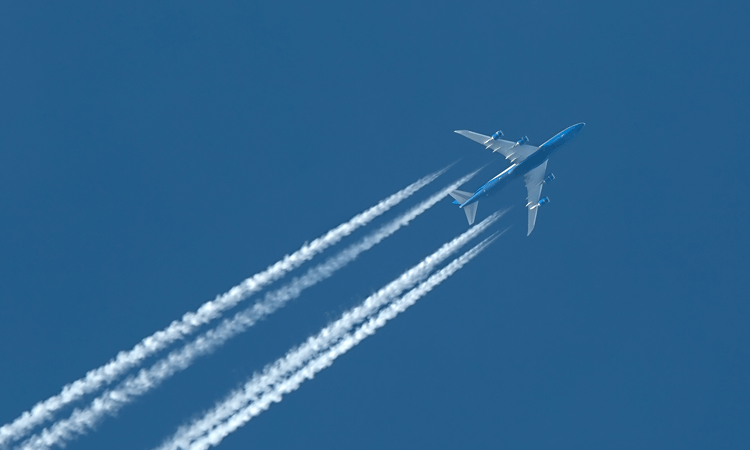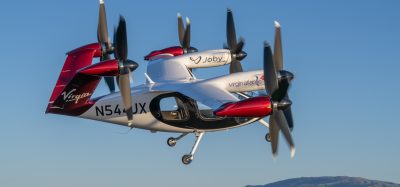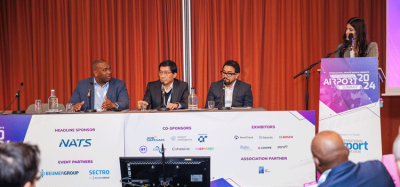IATA announces industry first passenger CO2 calculation methodology
- Like
- Digg
- Del
- Tumblr
- VKontakte
- Buffer
- Love This
- Odnoklassniki
- Meneame
- Blogger
- Amazon
- Yahoo Mail
- Gmail
- AOL
- Newsvine
- HackerNews
- Evernote
- MySpace
- Mail.ru
- Viadeo
- Line
- Comments
- Yummly
- SMS
- Viber
- Telegram
- Subscribe
- Skype
- Facebook Messenger
- Kakao
- LiveJournal
- Yammer
- Edgar
- Fintel
- Mix
- Instapaper
- Copy Link
Posted: 24 March 2022 | International Airport Review | No comments yet
The International Air Transport Association has launched a new methodology which accurately calculates the CO2 emissions per passenger for a specific flight.


The International Air Transport Association (IATA) has announced the launch of the ‘IATA Recommended Practice Per-Passenger CO2 Calculation Methodology’. IATA’s Methodology, using verified airline operational data, provides the most accurate calculation methodology for the industry to quantify CO2 emissions per passenger for a specific flight.
As travellers, corporate travel managers, and travel agents are increasingly demanding precise flight CO2 emission information, an accurate and standardised calculation methodology is critical. This is particularly true in the corporate sector where such calculations are needed to underpin voluntary emissions reductions targets.
“Airlines have worked together through IATA to develop an accurate and transparent methodology using verified airline operational data. This provides the most accurate CO2 calculation for organizations and individuals to make informed choices about flying sustainably. This includes decisions on investing in voluntary carbon offsetting or sustainable aviation fuel (SAF) use,” said Willie Walsh, IATA’s Director General.
IATA’s Methodology takes into account the following factors:
- Guidance on fuel measurement, aligned with the Carbon Offsetting and Reduction Scheme for International Aviation (CORSIA)
- Clearly defined scope to calculate CO2 emissions in relation to airlines’ flying activities
- Guidance on non-CO2 related emissions and Radiative Forcing Index (RFI)
- Weight based calculation principle: allocation of CO2 emission by passenger and belly cargo
- Guidance on passenger weight, using actual, and standard weight
- Emissions Factor for conversion of jet fuel consumption to CO2, fully aligned with CORSIA
- Cabin class weighting and multipliers to reflect different cabin configurations of airlines
- Guidance on SAF and carbon offsets as part of the CO2 calculation.
Walsh added: “The plethora of carbon calculation methodologies with varying results creates confusion and dents consumer confidence. Aviation is committed to achieving net zero by 2050. By creating an accepted industry standard for calculating aviation’s carbon emissions, we are putting in place essential support to achieve this goal. The IATA Passenger CO2 Calculation Methodology is the most authoritative tool and it is ready for airlines, travel agents, and passengers to adopt.”
Related topics
Airside operations, Big data, Emissions, Passenger experience and seamless travel, Sustainability, Sustainable Aviation Fuel (SAF), Sustainable development, Terminal operations


















